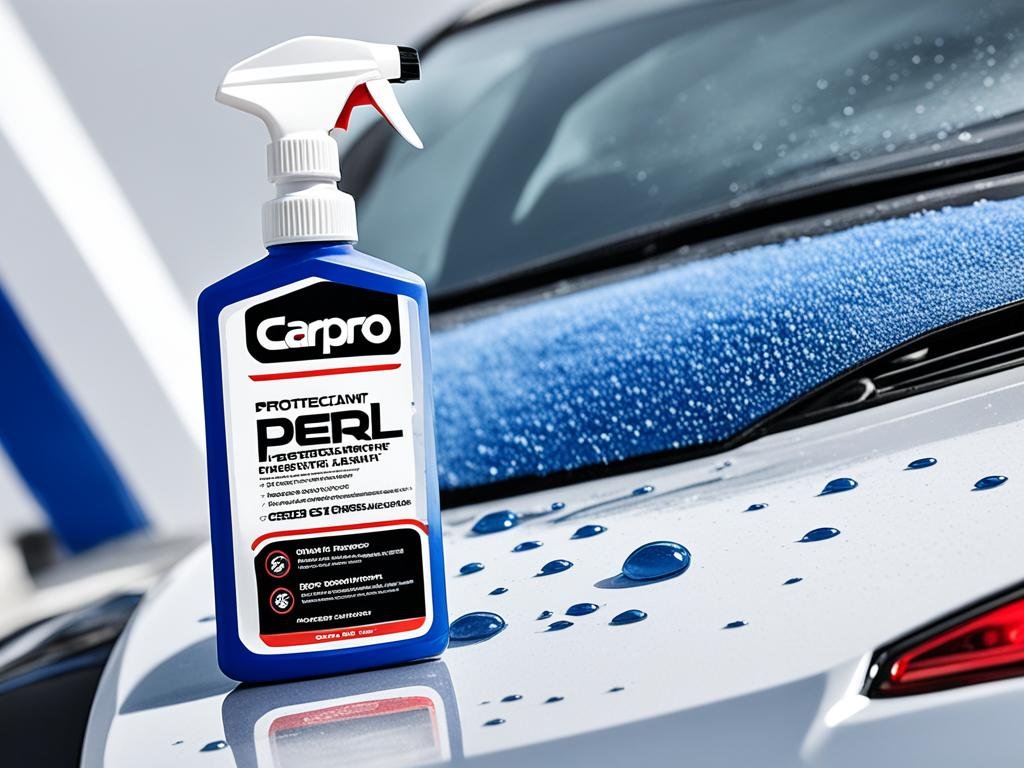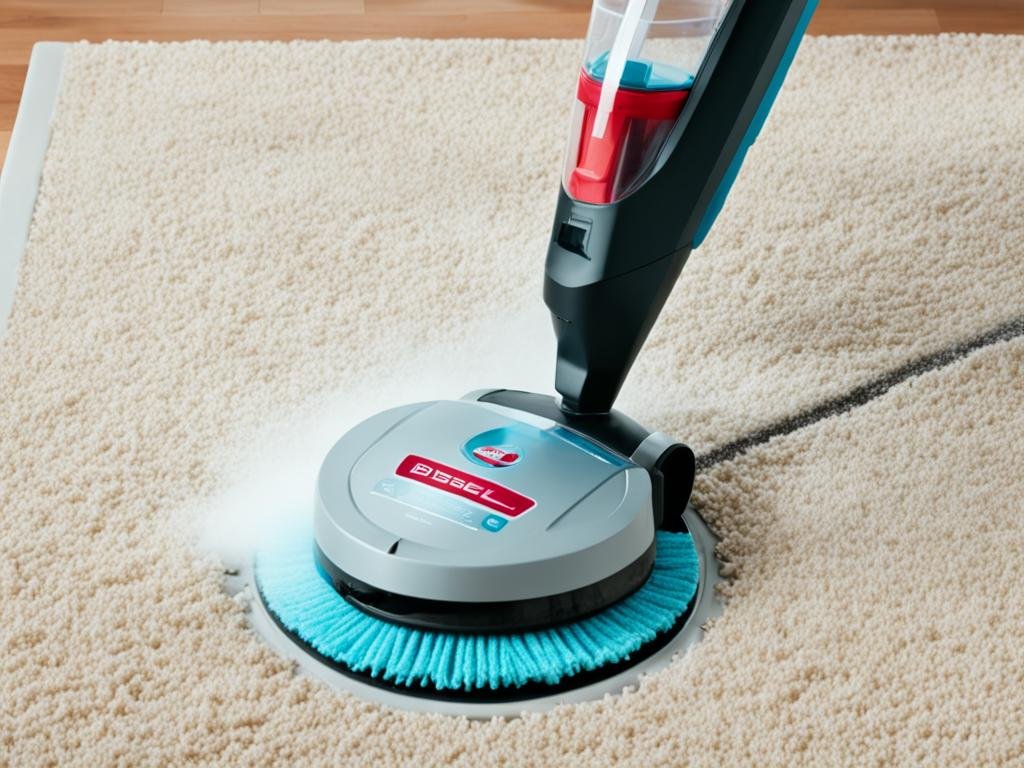Comprehensive Guide to Using Brake Dust Remover
June 6, 2024 | by Rosie Dazzlers

Brake dust is a common issue faced by car owners. It consists of tiny particles that come from the brake pads, rotors, and calipers, and it tends to accumulate on the wheels, making them look dirty and dull. Using a brake dust remover is a simple and effective way to keep your wheels clean and shiny. This guide will walk you through everything you need to know about brake dust remover, including what it is, how to choose the right product, and detailed instructions on how to use it.
What is Brake Dust?
Before diving into the specifics of brake dust remover, it’s important to understand what brake dust is. Brake dust is a combination of metal shavings, carbon fibers, and adhesive residues that result from the friction created when you apply your brakes. When you brake, the brake pads press against the rotors, generating heat and friction that cause tiny particles to break off. These particles then settle on your wheels, forming a layer of dust.
Brake dust can be more than just an aesthetic issue. If left unattended, it can become corrosive and damage your wheels over time. Regular cleaning helps prevent this build-up and keeps your wheels in good condition.
Choosing the Right Brake Dust Remover
There are many brake dust removers available on the market, and choosing the right one can be overwhelming. Here are some factors to consider:
1. Type of Wheel Material
Different wheels are made of different materials, such as alloy, chrome, steel, or painted surfaces. Make sure to choose a brake dust remover that is safe for your specific type of wheel material. Some products are formulated to be safe on all types of wheels, while others are designed for specific materials.
2. pH Level
The pH level of a brake dust remover is crucial because it determines the product’s acidity or alkalinity. A neutral pH level (around 7) is generally safe for all wheel types. Highly acidic or alkaline cleaners can damage certain wheel finishes, so it’s best to opt for a product with a neutral pH.
3. Ease of Use
Look for a brake dust remover that is easy to apply and rinse off. Products that come in spray bottles are convenient and user-friendly. Some cleaners require scrubbing, while others are “spray-on, rinse-off” formulas. Choose one that fits your cleaning preferences and the level of effort you’re willing to put in.
4. Effectiveness
Read reviews and product descriptions to gauge the effectiveness of the brake dust remover. Some products are designed to dissolve brake dust quickly, while others may require more time and effort. Consider the severity of the brake dust build-up on your wheels and choose a product that can handle it.
5. Safety
Safety is always a priority when dealing with cleaning chemicals. Ensure that the brake dust remover is non-toxic and safe to use. Look for products that are biodegradable and environmentally friendly.
How to Use Brake Dust Remover
Using brake dust remover is a straightforward process, but following the right steps will ensure the best results. Here’s a step-by-step guide:
Step 1: Gather Your Supplies
Before you start, make sure you have all the necessary supplies:
- Brake dust remover
- A hose or pressure washer
- A bucket of water
- A soft-bristled wheel brush or sponge
- Microfiber towels
- Gloves (optional)
Step 2: Choose the Right Location
Choose a well-ventilated area to clean your wheels. It’s best to do this in a shaded area to prevent the cleaning solution from drying too quickly in the sun. Avoid cleaning your wheels on a hot surface, as this can cause the cleaner to evaporate too quickly and leave spots.
Step 3: Rinse the Wheels
Start by rinsing your wheels with water to remove any loose dirt and debris. Use a hose or pressure washer to thoroughly wet the wheels. This step helps to loosen the brake dust and makes the cleaning process more effective.
Step 4: Apply the Brake Dust Remover
Shake the brake dust remover bottle well before use. Spray the cleaner evenly onto the wheels, making sure to cover all areas, including the wheel rims, spokes, and lug nuts. Allow the cleaner to sit for the recommended amount of time, usually around 3-5 minutes. This allows the cleaner to break down and dissolve the brake dust.
Step 5: Agitate the Wheels
Using a soft-bristled wheel brush or sponge, gently scrub the wheels to agitate the brake dust and dirt. Pay extra attention to areas with heavy build-up. Be careful not to scratch the wheel surface. If your wheels have intricate designs, use a smaller brush to reach all the nooks and crannies.
Step 6: Rinse Thoroughly
After scrubbing, rinse the wheels thoroughly with water. Make sure to remove all traces of the brake dust remover to prevent any residue from remaining on the wheels. Use a hose or pressure washer to ensure a thorough rinse.
Step 7: Dry the Wheels
Dry the wheels with a clean microfiber towel to prevent water spots. Make sure to dry all areas, including the rims and spokes. If you have access to an air blower, you can use it to blow dry the wheels and remove any remaining water from hard-to-reach areas.
Step 8: Inspect and Repeat if Necessary
Inspect the wheels to ensure all brake dust and dirt have been removed. If you notice any remaining spots, repeat the cleaning process. It’s essential to be thorough to maintain the appearance and integrity of your wheels.
Step 9: Apply a Wheel Sealant (Optional)
To keep your wheels cleaner for longer and make future cleaning easier, consider applying a wheel sealant or wax. This creates a protective barrier that repels brake dust and dirt, reducing build-up over time.
Tips for Maintaining Clean Wheels
Regular maintenance is key to keeping your wheels in top condition. Here are some additional tips:
1. Clean Regularly
Make it a habit to clean your wheels regularly. Depending on your driving habits and environment, aim to clean them at least once a month. Regular cleaning prevents brake dust from building up and becoming harder to remove.
2. Use a Dedicated Wheel Cleaner
While a general car wash soap can be used to clean your wheels, a dedicated wheel cleaner is formulated to tackle brake dust more effectively. Invest in a quality wheel cleaner for the best results.
3. Avoid Harsh Chemicals
Avoid using harsh chemicals or abrasive tools on your wheels, as these can damage the finish. Stick to products that are safe for your specific wheel material.
4. Check Your Brake Pads
Excessive brake dust can sometimes indicate worn-out brake pads. Regularly check the condition of your brake pads and replace them if necessary to reduce brake dust production.
5. Protect Your Wheels
Consider applying a wheel sealant or wax after cleaning to protect your wheels from brake dust and dirt. This makes future cleaning easier and helps maintain the appearance of your wheels.
Conclusion
Using a brake dust remover is an essential part of maintaining the appearance and longevity of your wheels. By choosing the right product and following the correct steps, you can effectively remove brake dust and keep your wheels looking their best. Regular cleaning and maintenance will prevent brake dust build-up and protect your wheels from damage. Invest in a quality brake dust remover and enjoy the benefits of clean, shiny wheels.
RELATED POSTS
View all



